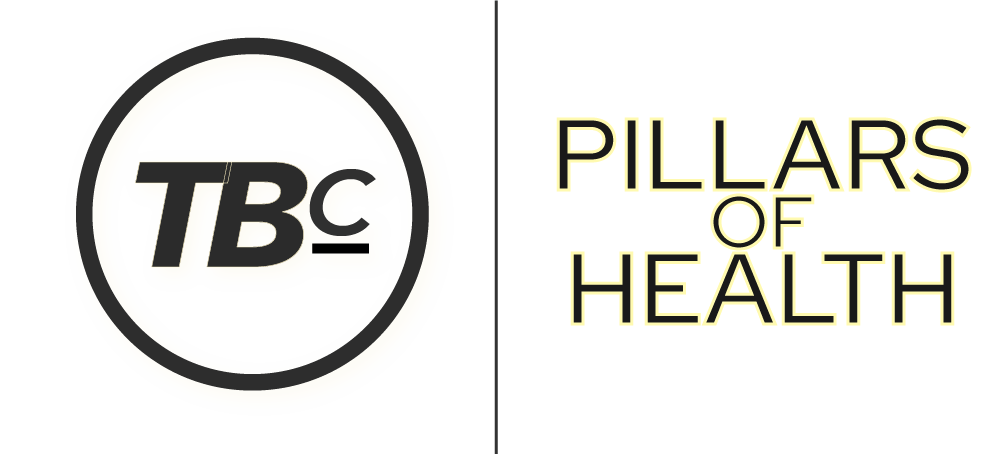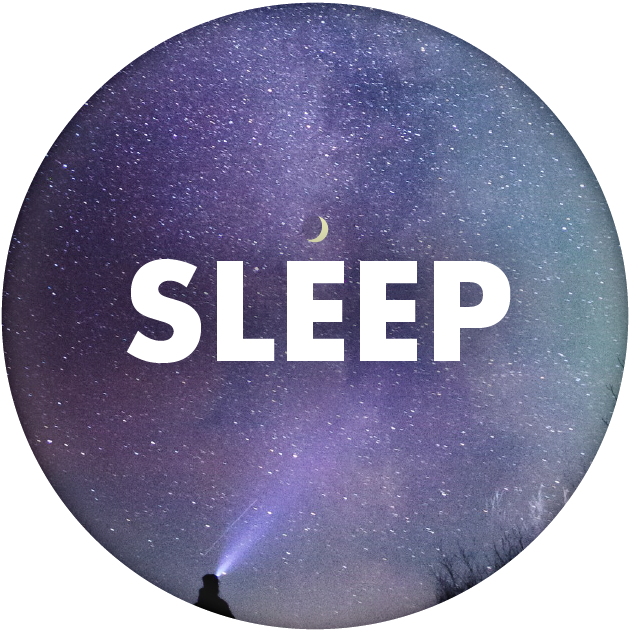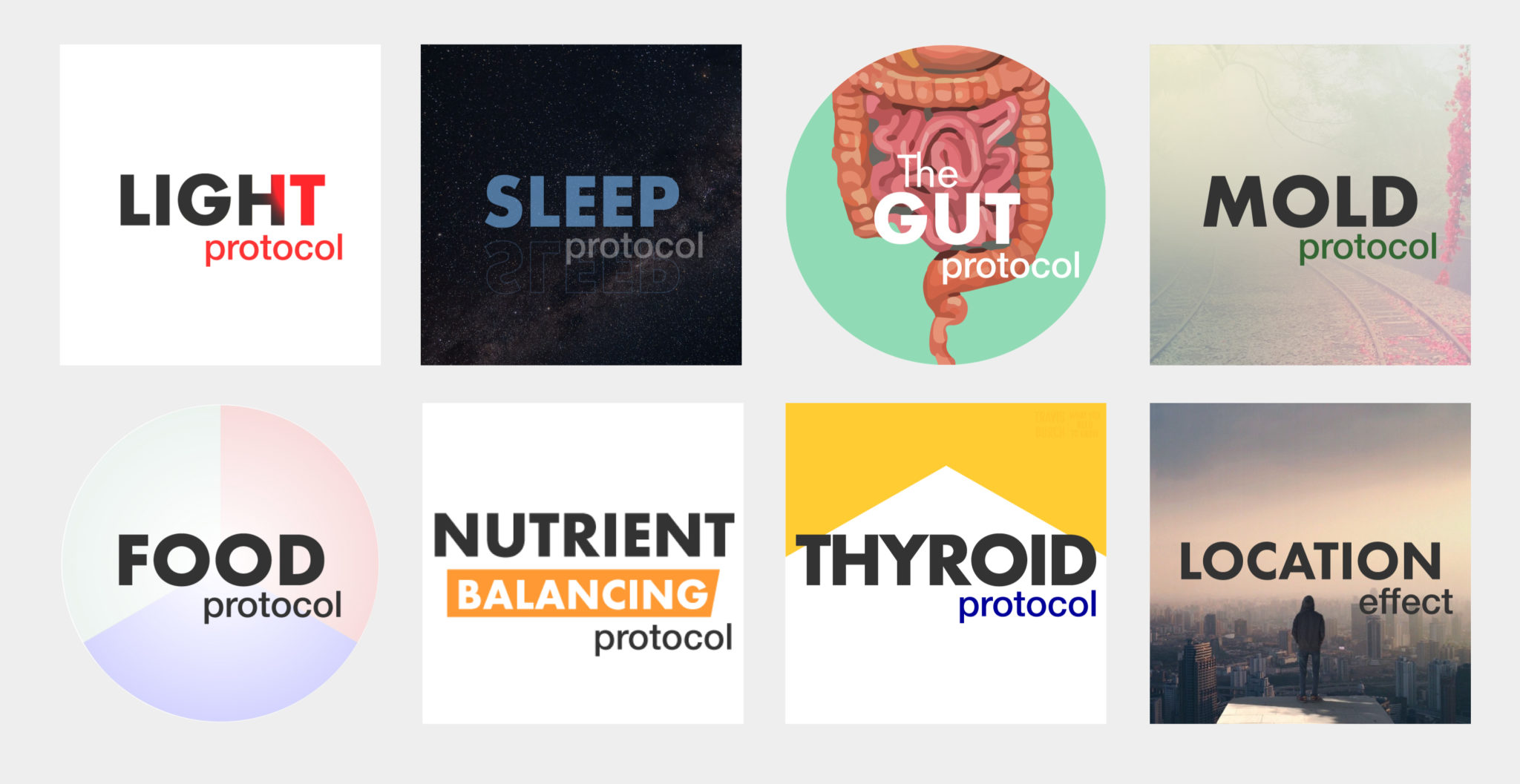What affects our breathing?
Not sure where to start? Let this page be a start.
Combine multiple approaches to achieve sustainable improvement.
SYMPTOMS
Ear, Nose & Throat Symptoms, Runny Nose, Stuffy Nose, Sore Throat, Ear Infection, Headaches, Chronic Cough
RESPIRATORY SYSTEM: Rating Influence
8
8
5
RESPIRATORY: Discussion
Influence on breathing: 10
Sleep is a top-shelf remedy.
Strong immunity from sleep is of premier importance to the protection of your ear, nose and throat. We are exposed to uncountable numbers of viruses, bacteria, and fungal spores on a daily basis — with some locations being much, much worse than others.
If you stand any chance of fending these pathogens off, getting regular *great* sleep is of utmost importance. And if you don’t, you’re just asking for those pathogens to find a way in your body and stay — forever.
That’s no exaggeration, either. Pathogens live within us — against our will — and even the most healthy among us have a hard time ever completely eradicating them.
Influence on breathing: 10
Nothing to see here, allergies, etc. Right?
Let’s go way, way beyond that thought.
What if our current issues trace back to the health of the buildings we’ve lived in — over years?
Is it possible that a sick building can expose us to high levels of fungal pathogens, viruses, and other toxic hazards… over the course of many years?
The answer is yes. You may be having an allergic reaction today, but your exposure to high levels of the viruses or fungal spores released from a nearby, unhealthy A/C register (over the course of years, or more recently) could be making your symptoms much, much worse.
When your immune system is already on guard for the irritants and toxins of mold, viruses and other airborne hazards, allergic reactions can be amplified. In this case, improving your environment(s) can be a powerful step toward improved symptoms.
Spending regular time in sick buildings is a major source of respiratory problems.
Influence on breathing: 10
Light gets a 10/10, here.
Light is effective against pathogens. Why? Because pathogens hate light.
Virtually every pathogen cannot live in the presence of intense light.
UV light is particularly sterilizing, but infrared light (which can penetrate deep into your body) is also a major antagonist against pathogens.
Consider the body’s natural response to illness: a fever. Then consider that heat is infrared light. (Always). Pathogens don’t like light.
Light can also be helpful in the case of allergies.
Influence on breathing: 8
Look to the gut (and all the factors that improve it).
The gut is where 70% of your immune system is, making it a front line of defense against pathogens.
It also is the true entry-point into the body.
If something doesn’t cross the intestinal barrier, it won’t make it into your bloodstream. The gut also plays a leading role in the development and severity of allergies.
Influence on breathing: 8
Mold and respiratory issues are best friends.
Not all people respond exactly the same to mold exposure (length of time and prior health status matter, as do genetics).
One person might have a runny nose, while another person might become very fatigued or worse.
Mold exposure can also be much, much worse in one room than another — different parts of a building often have different water damage histories or design elements.
Influence on breathing: 5
Nutrient balancing may help when severe imbalances are corrected.
For instance, low Vitamin D especially can result in lowered immunity — and this could be true of virtually any nutrient.
When big nutritional issues are resolved, the subsequent boost in immunity and general metabolic function can relieve symptoms rather quickly.


